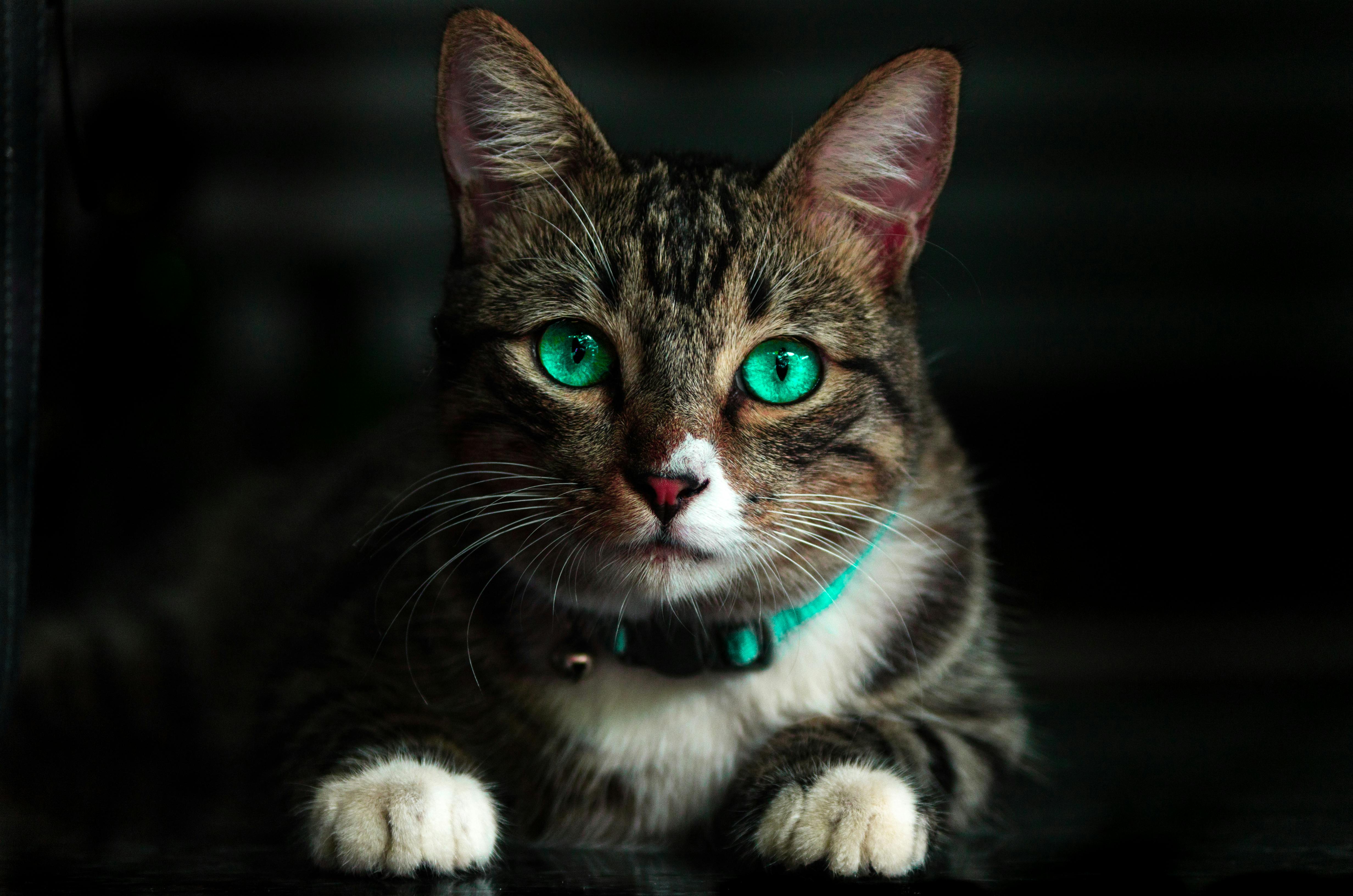The Ultimate Guide to Understanding Your Pet’s Body Language
By Cute Pets Lovers Team | Published: July 14, 2025
Introduction: Why Understanding Pet Body Language Matters
Have you ever wondered what your pet is trying to tell you? Whether it’s a dog’s enthusiastic tail wag or a cat’s slow blink, pets communicate through their body language. At Cute Pets Lovers, we believe understanding these signals strengthens the bond between you and your furry friend. This guide dives deep into the world of pet body language, covering dogs and cats, with expert-backed tips to help you decode their behaviors. From happy cues to signs of stress, you’ll learn how to respond to your pet’s needs and make them feel secure. Let’s explore how to become fluent in your pet’s unspoken language!

A dog wags its tail, signaling joy. Image source: Pexels (Free to use).
Why Pets Use Body Language
Pets rely on body language to express emotions, needs, and reactions since they can’t speak. According to ASPCA, understanding these cues helps prevent miscommunication, reducing stress for both pets and owners. Dogs and cats use their tails, ears, eyes, and posture to convey everything from excitement to fear. Recognizing these signals allows you to respond appropriately, whether it’s giving space or offering affection.
For example, a dog’s playful bow invites fun, while a cat’s puffed-up tail signals fear. By learning these signs, you can create a happier, healthier environment for your pet. Let’s break down the key body language cues for dogs and cats.

A relaxed cat with a soft gaze. Image source: Pexels (Free to use).
Decoding Dog Body Language
Tail Movements
A wagging tail doesn’t always mean happiness. According to PetMD, the speed and direction of the wag matter:
- Fast, wide wags: Excitement or happiness.
- Slow, low wags: Caution or aggression.
- Tucked tail: Fear or submission.
Observe the context to understand your dog’s mood. For example, a wagging tail paired with raised hackles might indicate agitation.
Ears and Eyes
Dogs’ ears and eyes are expressive. Forward ears show curiosity, while pinned-back ears suggest fear. Dilated pupils can indicate excitement or stress, while a direct stare might be a challenge. A soft, blinking gaze often means your dog feels safe.
Body Posture
A relaxed dog has a loose posture, while a stiff, forward-leaning stance signals alertness or aggression. The “play bow” (front legs down, hind end up) is an invitation to play. Recognizing these postures helps you respond to your dog’s needs.

A dog in a playful bow, ready for fun. Image source: Pexels (Free to use).
Understanding Cat Body Language
Tail Signals
Cats use their tails to communicate mood. A high, straight tail indicates confidence, while a twitching tail suggests irritation. A puffed-up tail is a sign of fear or aggression, per Humane Society.
Ears and Whiskers
Forward ears show curiosity or friendliness, while flattened ears indicate fear or anger. Whiskers pushed forward signal interest, while pulled back suggest discomfort.
Eyes and Vocalizations
Slow blinking is a cat’s way of saying “I trust you.” Dilated pupils can mean excitement or fear, depending on the context. Purring usually indicates contentment, but cats may also purr when stressed.

A cat slow blinking, a sign of trust. Image source: Pexels (Free to use).
Common Misunderstandings in Pet Body Language
Misinterpreting signals can lead to confusion. For instance, a wagging tail isn’t always friendly, and a purring cat isn’t always happy. Context is key—combine visual cues with the environment. For example, a dog growling with a tucked tail is likely scared, not aggressive. Learning these nuances takes practice, but it’s worth it to build a stronger bond.
Pro Tip: Keep a journal of your pet’s behaviors to spot patterns. This can help you understand their unique communication style.

Observing your pet helps decode their signals. Image source: Pexels (Free to use).
How to Respond to Your Pet’s Signals
Once you recognize your pet’s body language, respond appropriately:
- Happy Signals: Reward with play, treats, or affection.
- Stress or Fear: Give space, remove stressors, or consult a vet if persistent.
- Aggression: Stay calm, avoid direct eye contact, and seek professional help if needed.
Training yourself to read these cues builds trust. For more tips, check out our pet training tips.
Advanced Tips for Pet Communication
Want to take your pet communication to the next level? Try these:
- Mimic Their Signals: Slow blink back at your cat to show trust.
- Use Consistent Cues: Pair verbal commands with body language for clarity.
- Observe Routines: Pets often use body language to signal hunger or playtime.
Resources like AKC offer deeper insights into advanced training techniques.

Bonding through understanding body language. Image source: Pexels (Free to use).
When to Seek Professional Help
If your pet shows persistent signs of stress, aggression, or unusual behavior, consult a veterinarian or animal behaviorist. Conditions like anxiety or pain can manifest through body language. Websites like AVMA can help you find certified professionals.
Conclusion: Build a Stronger Bond with Your Pet
Understanding your pet’s body language is like learning a new language—it takes time but deepens your connection. From tail wags to slow blinks, these cues reveal your pet’s emotions and needs. At Cute Pets Lovers, we’re passionate about helping you create a loving environment for your furry friend. Start observing your pet today, and share your experiences in the comments below! What signals does your pet use most? Let’s keep the conversation going!
Love learning about pets? Explore more tips at Cute Pets Lovers and join our community of pet enthusiasts!
